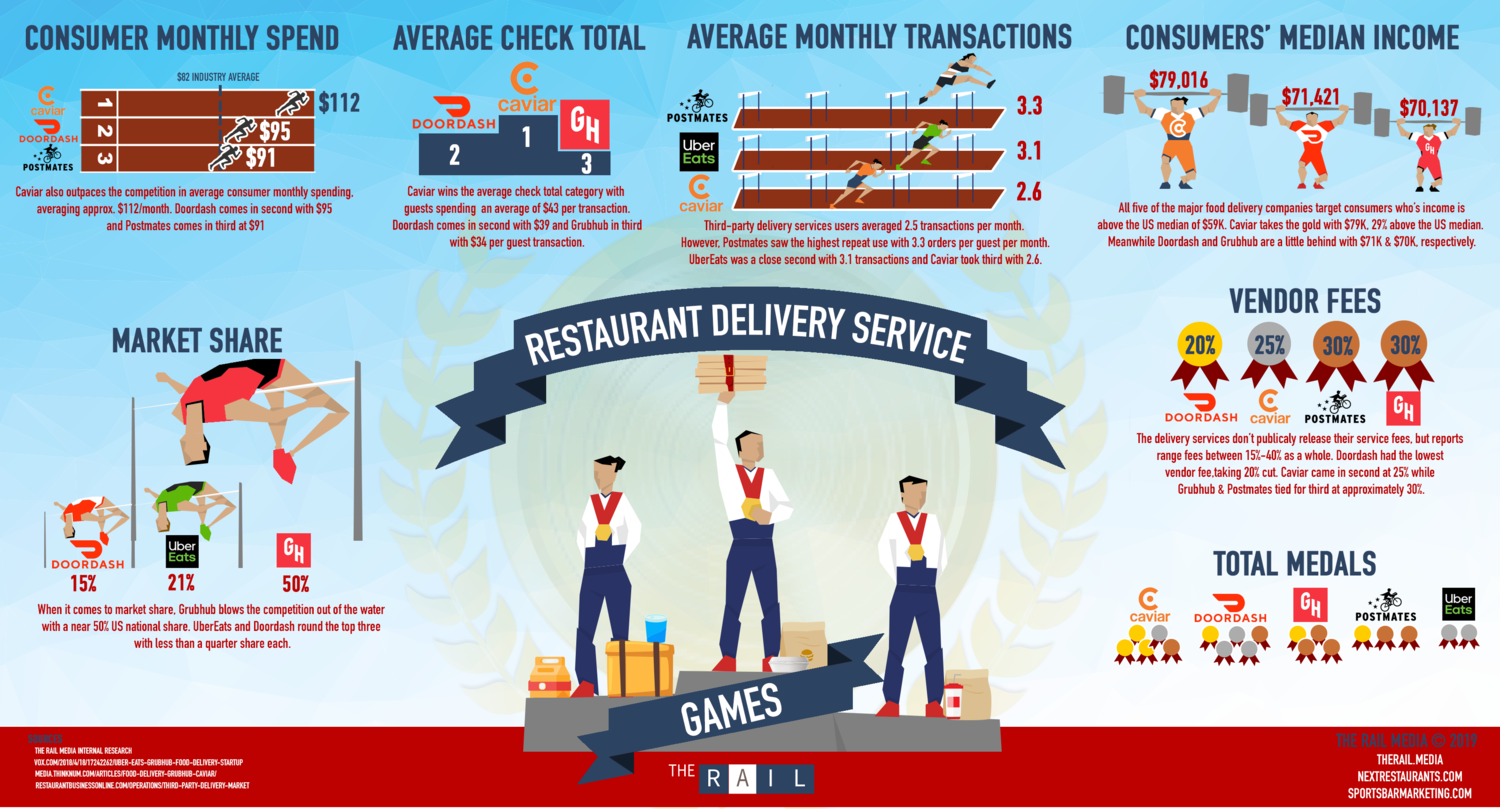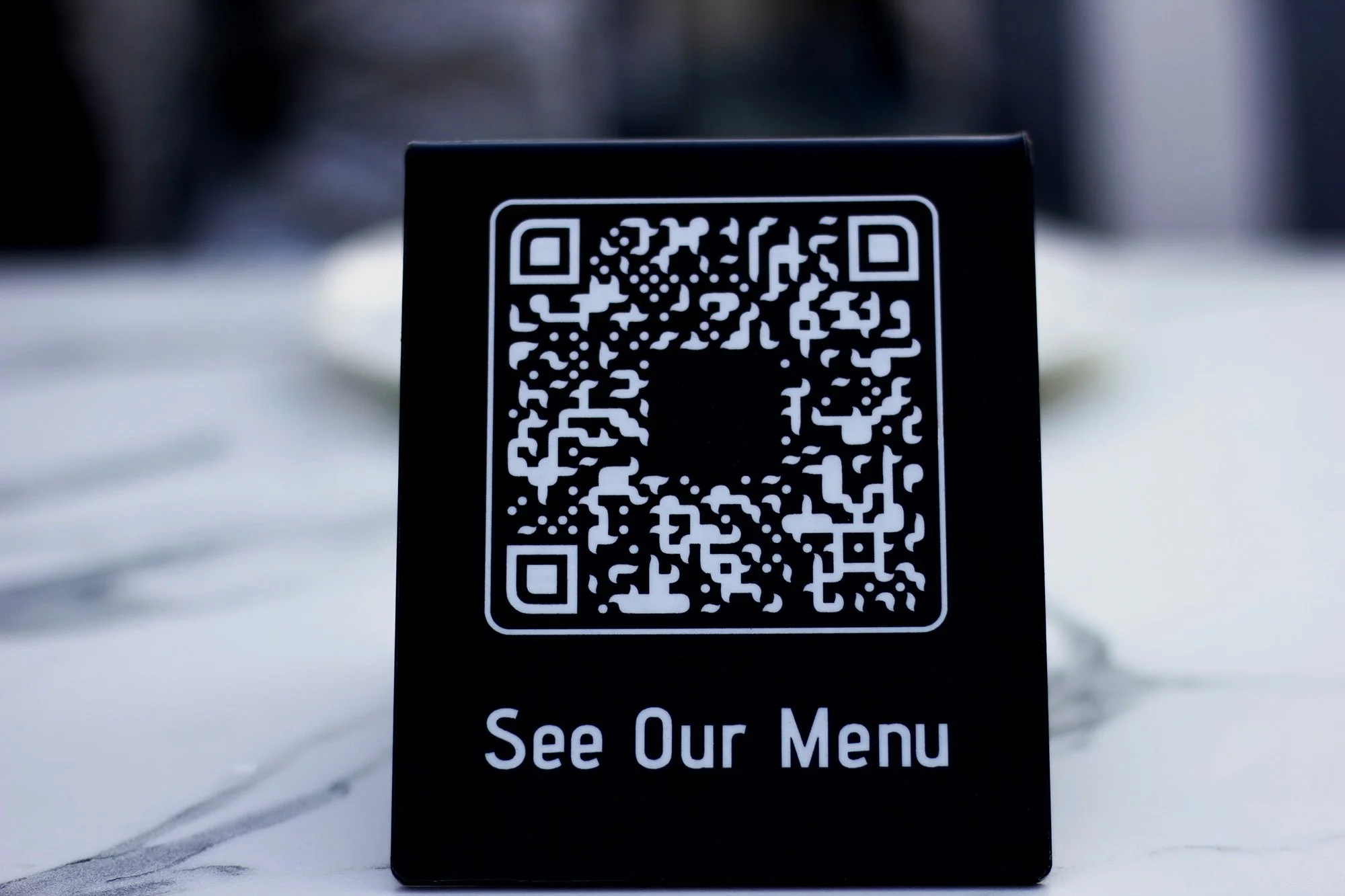By Rodney Laws, Contributor
The restaurant industry has traditionally functioned primarily as an offline enterprise. When the internet achieved mainstream saturation, some restaurateurs chose to start taking bookings online, but others stuck to taking bookings via phone calls or direct visits. And why not? Anyone who wanted to stop by to get some food could easily take one of those routes.
But then the COVID-19 pandemic reared its ugly head, and everything changed. People were tasked with staying at home whenever they could, and many remained reluctant to go outside unnecessarily even after lockdown restrictions were lifted. This led to a massive rise in use of food delivery services as well as takeaway orders — a rise that seems set to continue.
If you’re at the helm of an indie restaurant, then, this is a bad time to stick to the old model of doing business. If you’re going to survive (and even thrive), you need to embrace the possibilities afforded by the online world. In this post, we’re going to set out some tips for using ecommerce as an independent restaurant.
Let’s begin.
Offer a Simple Collection Service
The easiest way to bring ecommerce to your restaurant is to keep most of your existing process. You’ll still be preparing food for on-premise presentation, but the difference is that your customers will be taking the food away instead of eating it inside your restaurant. This is relatively easy because you don’t need delivery drivers to make it happen: you simply need a basic online ordering system and the right packaging for takeaway food.
Think about how fast-food juggernauts like McDonald’s handle their pickup services, allowing orders to be placed in person or online. There are plugins for many ecommerce store systems that you can adapt fairly easily to your website that handles restaurant items (here’s one example for WooCommerce), so you don’t need to hire a developer to make this happen if you can’t afford it.
If you’re going to offer collection, though, be sure to follow COVID-19 safety protocols.
Look into Established Delivery Systems
If you want to go into full food delivery, it makes the most sense to start by checking out the terms of mainstream third-party delivery services like Deliveroo and Uber Eats. If you can get a decent cut, it can save you a lot of time and effort to simply pass the buck of the actual delivery process: all you need to worry about is the work you’ve always done, namely sourcing ingredients and preparing food.
Now, you may find that you’re not in the right area for any such service, or that the terms on offer don’t seem particularly reasonable. If you can’t or won’t use one of these services, you can hire delivery people independently and set up a delivery system of your own: just be aware that it’s harder than it looks, and it might make your restaurant too difficult to run.
The main downside to using a third-party operation for delivery is that they can often take a huge cut of your profit, so weighing the pros & cons of both third-party delivery and in-house delivery is important to making the right business decision.
Set Up a Merchandise Store
The best indie restaurants today know what making money from food alone isn’t the way to go. The people who support indie restaurants become attached to their brands, and this can be used to your advantage through monetized merchandise. What could you offer featuring your brand? Items of clothing? Cups and mugs? Pieces of artwork?
The easy thing about merchandise is that it’s possible to sell it online with very little effort. Big ecommerce platforms like BigCommerce and Shopify offer integrations with myriad third-party print-on-demand services that are perfect for this: you can list a range of items (hats, pens, bags, etc.) featuring your logo, and any resulting orders will be processed and fulfilled automatically without you needing to do anything more.
And since branded items can have excellent profit margins, you can make quite a lot of money if your brand is strong and you manage to market your store effectively (you’ll need to focus on SEO for this).
Consider Selling DIY Food Kits
If it no longer seems particularly economical to keep your restaurant going as it has been, there are alternatives. One option that many niche eateries have pursued is producing food kits or meal kits that customers can prepare at home. As with merchandise items, restaurant-based food kits can have much healthier profit margins than fully-prepared meals. They’re also easier to sell online since they don’t need to be delivered imminently; they can be bought well in advance.
If you’re going to do this, though, you need to have your finger on the pulse of what your customers want. There’s no sense in putting a lot of time and effort into creating food kits that no one will ever buy. Additionally, aim to prioritize kits that can make you further money through selling ingredients directly. Maybe you have a special sauce that you can list as an ingredient, for instance, pushing people to buy some from you.
Adding ecommerce to your indie restaurant operation can be a fantastic move, bringing in fresh revenue streams and making it easier to endure tough times. Use the tips we’ve set out here to figure out how you’re going to proceed and remember to iterate as you go. Having a slow start is fine provided you learn from it and build on it.















